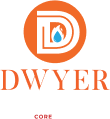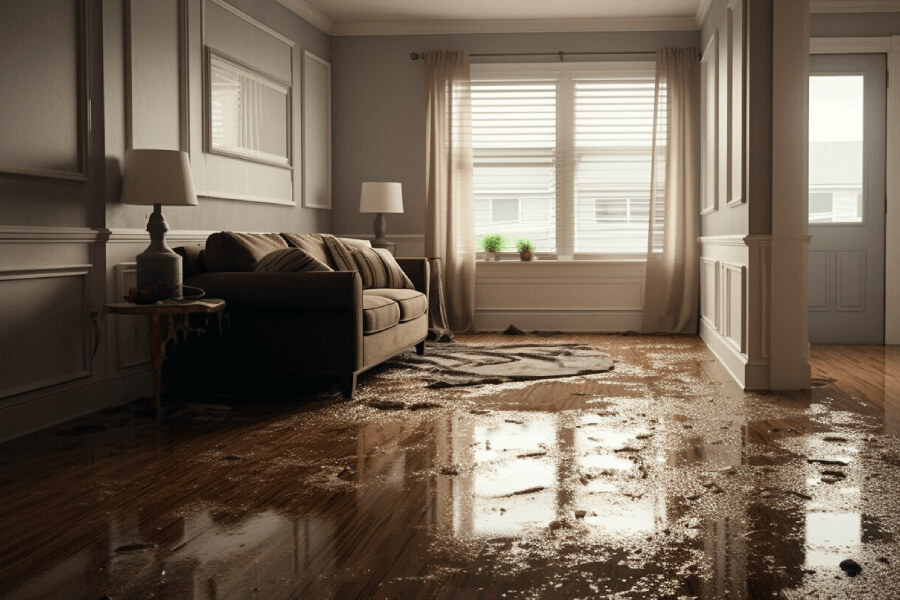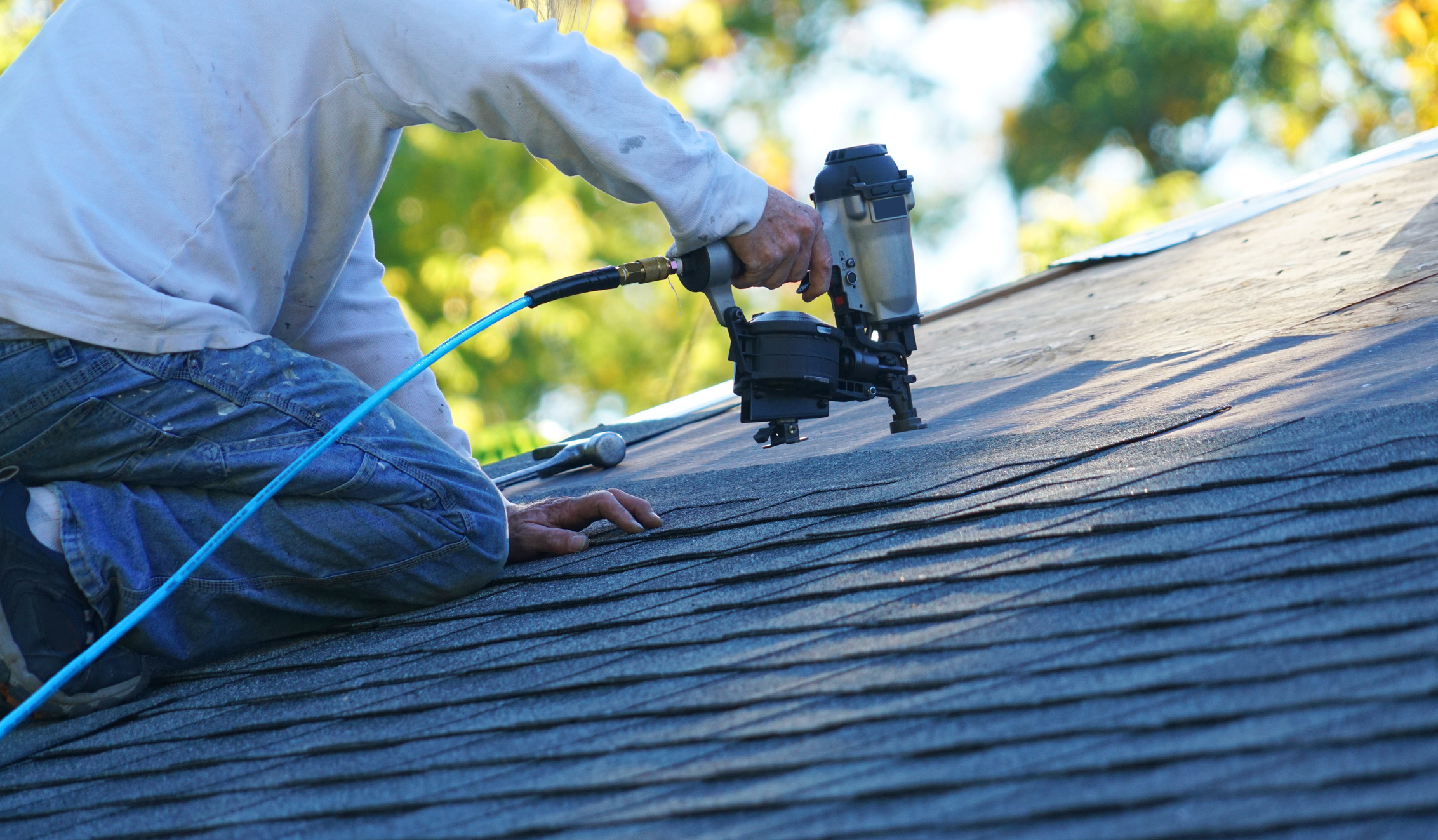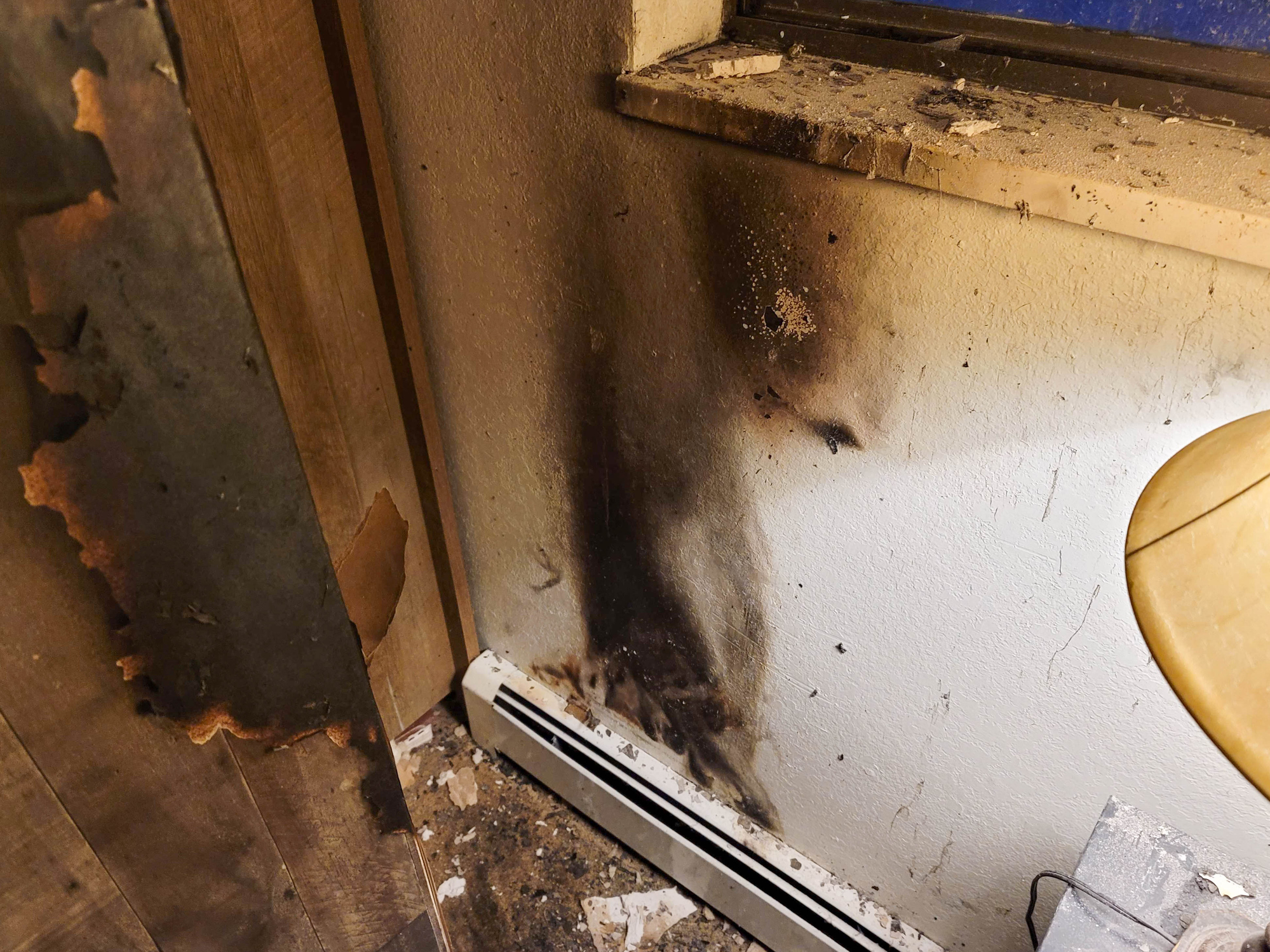What would you do if water started flooding into your home right now?
When water begins to invade your home, every second counts. Whether it’s from a burst pipe, an overflowing appliance, or heavy rainfall, swift action is critical to minimize damage. Water mitigation is all about reducing the impact of water on your property by stopping the flow, removing excess water, and drying out affected areas.
First and foremost, safety should be your top priority. If the water intrusion is significant, shut off the electricity to the affected area to avoid electrocution hazards. Then, locate the source of the water and stop it. This might involve turning off the main water valve or temporarily sealing a roof leak. Quick action here can significantly reduce the extent of the damage.
Next, start removing as much standing water as possible. Use a wet/dry vacuum for smaller areas, or if the flooding is extensive, call-in professionals who have the right equipment to handle large volumes of water. Removing the water quickly prevents it from seeping further into floors and walls, where it can cause additional damage.
Once the standing water is gone, it’s essential to dry out the area thoroughly. Open windows and doors to increase airflow and use fans and dehumidifiers to help speed up the drying process. Remember, moisture that isn’t properly dried out can lead to Mold growth within just 24-48 hours, creating another layer of issues to deal with.
While drying out your home, don’t forget to check less obvious places where water might have seeped. This includes under carpets, inside wall cavities, and beneath appliances. Hidden moisture can be a breeding ground for Mold and can compromise the structural integrity of your home over time.
During water mitigation, it’s also important to move and protect your belongings. If possible, remove furniture, electronics, and other valuables from the affected area. If they’ve been exposed to water, try to dry them out as quickly as possible. Upholstered furniture, for example, can absorb a lot of water and might need professional cleaning to prevent Mold and mildew.
Documentation is another crucial step in the water mitigation process. Take photos or videos of the damage as soon as it occurs and keep track of any actions you take to mitigate the damage. This documentation will be valuable if you need to file an insurance claim.
Finally, even after you’ve addressed the immediate water threat, it’s important to monitor the situation in the days and weeks following the incident. Watch for signs of lingering moisture or Mold, and consider having a professional inspection to ensure all water has been properly mitigated. How would you feel knowing that your quick actions today could save your home from long-term water damage?












